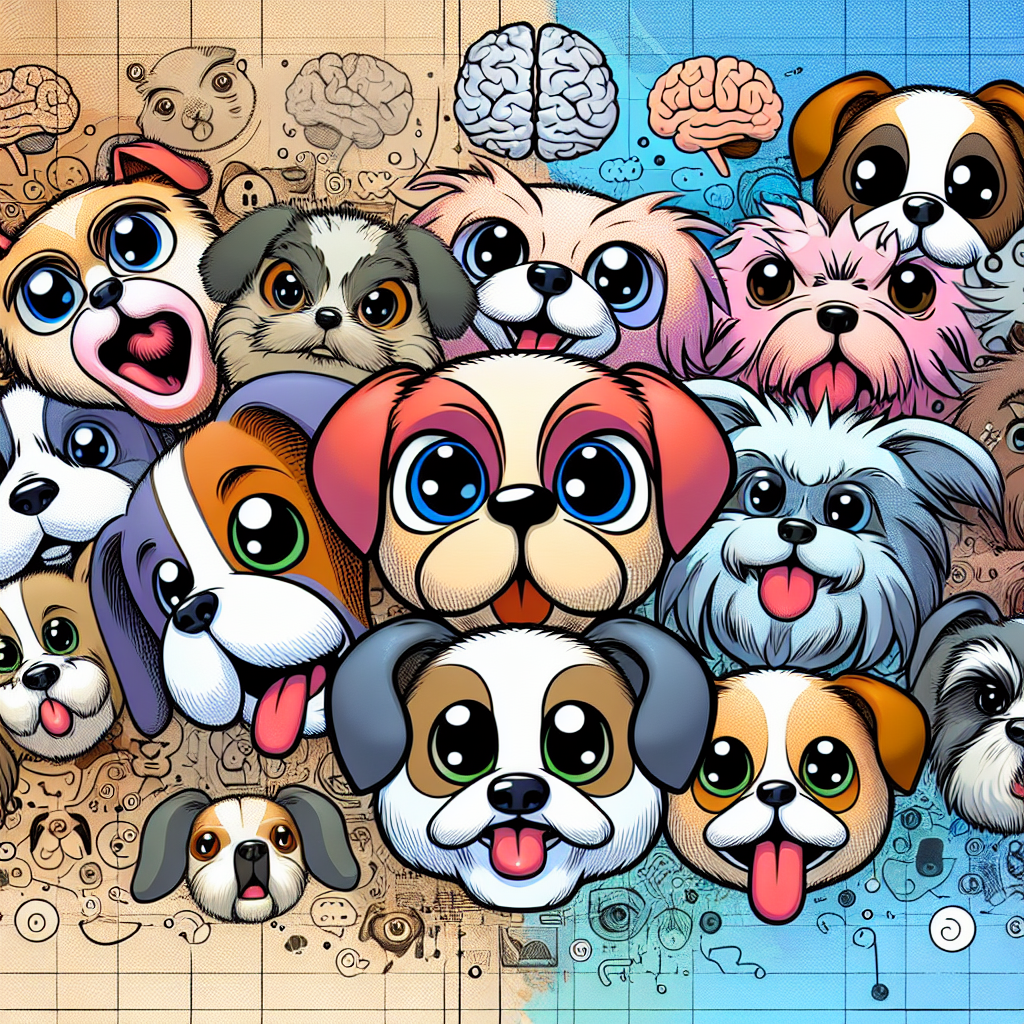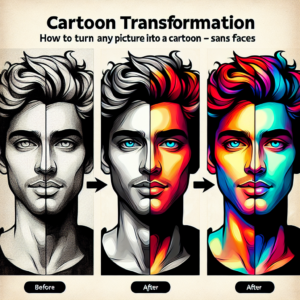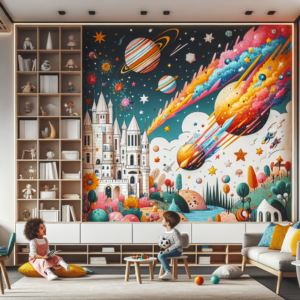Have you ever found yourself smiling uncontrollably at the sight of a cartoon dog’s face? Maybe it’s the big, expressive eyes or the wagging tail that tugs at your heartstrings. Whatever the reason, there’s no denying the immense appeal of cartoon dog faces. But why do we love them so much? Let’s delve into the psychological reasons behind our love for these adorable animated canines.
The Science of Cuteness
It’s no secret that humans are drawn to cute things. From babies to puppies, our brains are hardwired to respond positively to adorable features. This phenomenon, known as “cute aggression,” triggers a release of endorphins in our brains, making us feel happy and affectionate. Cartoon dog faces often embody the epitome of cuteness, with their rounded shapes, large eyes, and floppy ears. It’s no wonder we can’t resist their charm!
Emotional Connection
Cartoon dog faces evoke a sense of nostalgia and familiarity that taps into our emotions. Growing up watching animated shows and movies featuring beloved canine characters creates a bond that transcends age. These characters often exhibit human-like qualities such as loyalty, bravery, and humor, making it easy for us to relate to them on a personal level. The connection we feel with cartoon dog faces reminds us of the joy and comfort they bring into our lives.
The Power of Expression
One of the most compelling aspects of cartoon dog faces is their ability to express a wide range of emotions without uttering a single word. From joy and excitement to sadness and fear, these animated characters can convey complex feelings through their facial expressions alone. This heightened sense of emotional expression resonates with viewers, drawing them in and creating a sense of empathy and understanding.
Cultural Significance
Cartoon dog faces have become iconic symbols in popular culture, representing themes of friendship, adventure, and companionship. Characters like Snoopy, Scooby-Doo, and Goofy have left a lasting impact on audiences worldwide, shaping our perceptions of dogs and their place in society. These iconic figures serve as ambassadors of positivity and joy, spreading happiness wherever they go.
The Comfort of Familiarity
In a world filled with uncertainty and chaos, cartoon dog faces offer a sense of comfort and stability. Their consistent appearances in our favorite shows and movies serve as constants in an ever-changing landscape, providing a sense of reassurance and familiarity. Whether it’s the goofy antics of a slapstick comedy or the heartfelt moments of a touching drama, cartoon dog faces offer a sense of continuity that grounds us in the present moment.
The Magic of Animation
Animation has the unique ability to bring characters to life in ways that live-action films cannot replicate. The whimsical nature of cartoons allows for exaggerated movements, vibrant colors, and fantastical worlds that captivate our imagination and immerse us in a different reality. Cartoon dog faces, with their playful charm and expressive features, draw us into their animated world, inviting us to experience the magic of storytelling in a whole new light.
Conclusion
From the science of cuteness to the emotional connection they inspire, cartoon dog faces hold a special place in our hearts for a variety of reasons. Their ability to evoke feelings of joy, nostalgia, and comfort speaks to the power of animation in conveying complex emotions and universal themes. So next time you find yourself smiling at the sight of a cartoon dog’s face, remember that it’s not just a simple drawing—it’s a reflection of the joy and happiness that these adorable characters bring into our lives.
FAQ
Why do cartoon dog faces make us feel happy?
Cartoon dog faces trigger a release of endorphins in our brains, leading to feelings of happiness and affection. Their cute and lovable features appeal to our innate sense of cuteness, making us smile uncontrollably at their sight.
What emotional connections do we form with cartoon dog faces?
Cartoon dog faces evoke a sense of nostalgia and familiarity, reminding us of the joy and comfort they bring into our lives. These characters often exhibit human-like qualities that resonate with viewers, creating a bond based on loyalty, bravery, and humor.
How do cartoon dog faces express a wide range of emotions?
Through their facial expressions and body language, cartoon dog faces can convey a multitude of emotions, from joy and excitement to sadness and fear. Their ability to emote without words makes them relatable and endearing to viewers of all ages.








+ There are no comments
Add yours